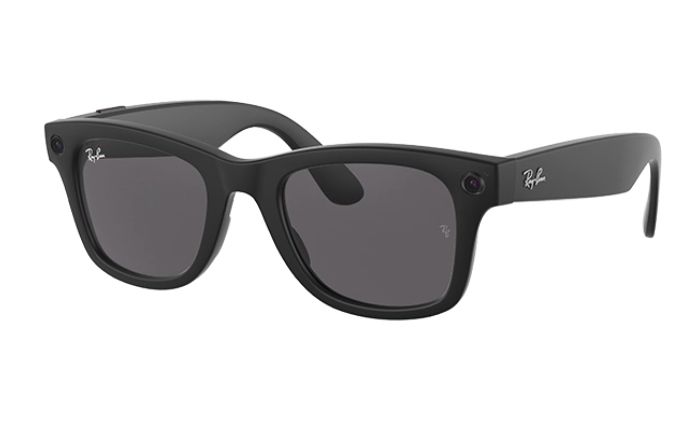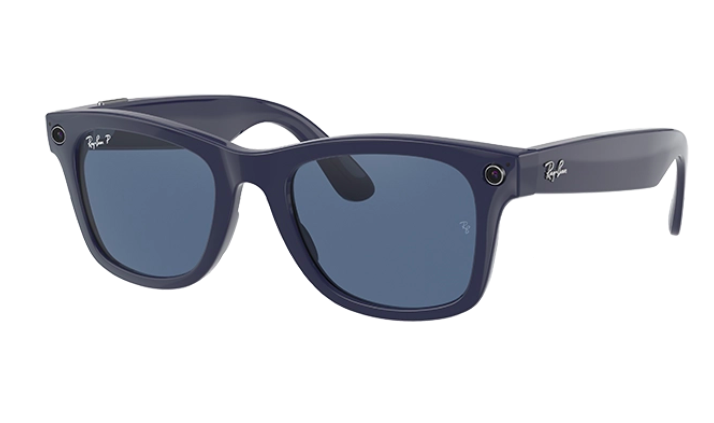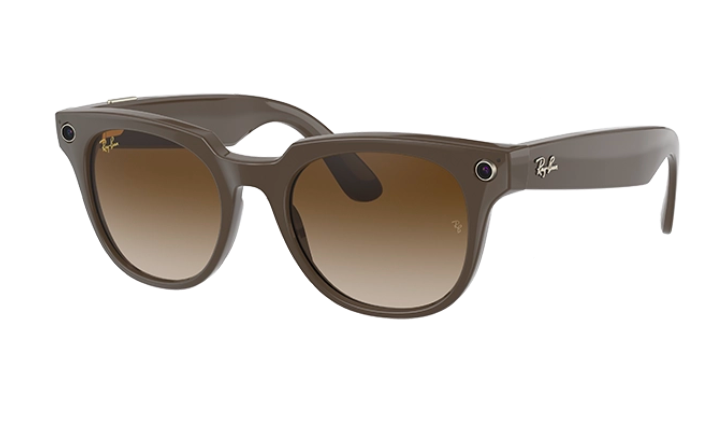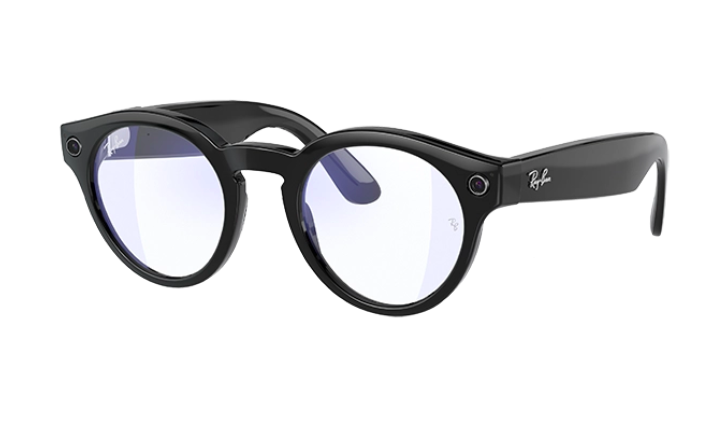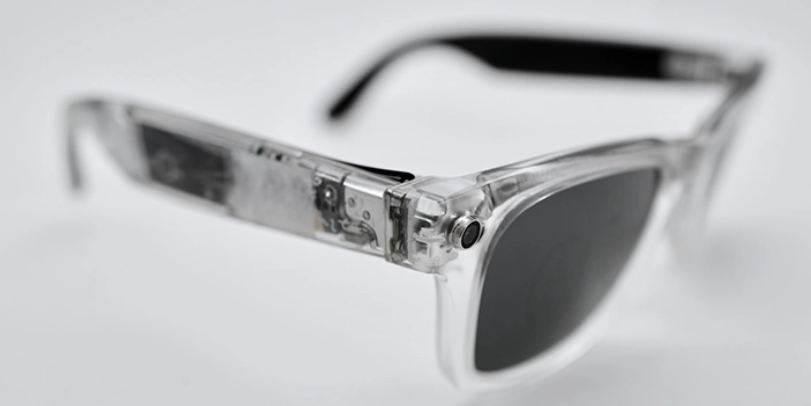Capture photos and videos, listen to music, and take calls with the new Ray-Ban Stories smart glasses.
Yesterday, Facebook CEO Mark Zuckerberg and Luxottica Chief Wearables Officer Rocco Basilico unveiled Ray-Ban Stories, a new line of stylish smart glasses that allow you to capture and share photos and videos on nearly every major social media platform, including Twitter, Snapchat, TikTok, and—of course—Facebook, Instagram, and WhatsApp.
Not only that, but you can also make hands-free phone calls and listen to your favorite music thanks to a set of high-quality micro-speakers and built-in microphone. All-in-all, Ray-Ban Stories is an impressive piece of hardware that—while not an AR headset—represents a major step in the right direction for immersive technology.
Let’s dive into this exciting piece of hardware, shall we?
Features
Ray-Ban Stories allows you to capture photos as well as 30-second video clips thanks to a pair of built-in 5MP cameras. Using a combination of HDR and low light fusion, video stabilization, and denoising, Facebook and Ray-Ban promise high-quality images and video, enhanced even further by machine-learning technology. The glasses also feature a three-microphone audio array complete with a bass reflex system, offering crisp audio calls and more engaging video.
All of the aforementioned technology is powered by a Snapdragon® processor and controlled using a capacitive touchpad located on the temple—or arm—of the glasses. To help manage your content, Facebook has launched a new app called Facebook View. Available on iOS and Android, this companion experience allows you to import photos and videos from your glasses to your smartphone and edit your content before sharing it with friends and family on your preferred platforms.
Design
Facebook worked closely with Ray-Ban parent company Luxottica to ensure the glasses featured the signature Ray-Ban look without compromising on technology. That being said, the results are pretty incredible. Excluding the two forward-facing cameras located near the end pieces of the glasses, there are little to no physical differences between Ray-Ban Stories and a regular pair of Ray-Bans. To charge the glasses, you simply place the device in the included charging case.
“We had to re-engineer components so that everything — that’s two cameras, a set of micro-speakers, a three-microphone audio array, an optimized Snapdragon® processor, a capacitive touchpad, a battery, and more — fit into the smallest possible space and the lightest possible frame. The form factor drove a lot of decisions, from speaker architecture to the camera selection,” states Facebook in an official release.
You can choose from three different models at launch, each featuring unique colors, finishes, and materials. The glasses themselves weigh five grams more than the original Ray-Ban Wayfarer glasses.
No AR. And that’s okay.
Ray-Ban Stories is not an AR headset, Facebook and Ray-Ban want to make that perfectly clear. That being said, the device represents a major step forward for wearable technology; a baby step, but a step nonetheless. Facebook has made its commitment to AR technology perfectly clear in the past. In September of 2019, the company announced that its Facebook Reality Lab is currently in development of its own AR headset.
Based on the adoption rates of existing AR/MR headsets, it makes sense Facebook would takes its time lauching its own AR device. The Microsoft HoloLens and Magic Leap One: Creator Edition—while impressive pieces of hardware—have yet to capture the attention of mainstream audiences. Most recently, Snapchat unveiled the latest version of its Snapchat Spectacles, AR smart glasses capable of generating AR visuals. The only problem is the device is only available to select influencers.
By prioritizing design over technology, Facebook improves its chance of attracting mainstream consumers who may be weary of wearables. While not an AR headset per sey, Ray-Ban Stories represents a major step forward for the technology.
Ray-Ban Stories is available now for $299. For more information visit here.
Feature Image Credit: Facebook
The post Facebook’s Ray-Ban Smart Glasses Don’t Support AR, And That’s Okay appeared first on VRScout.

